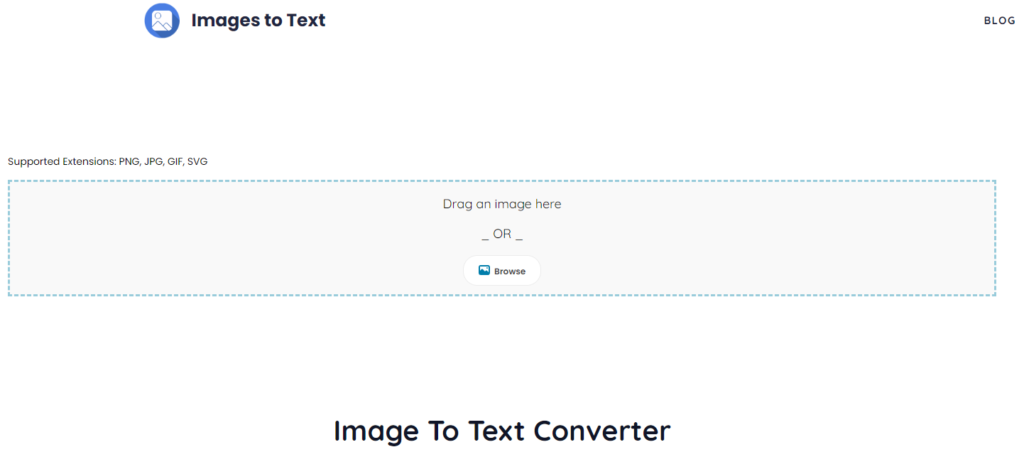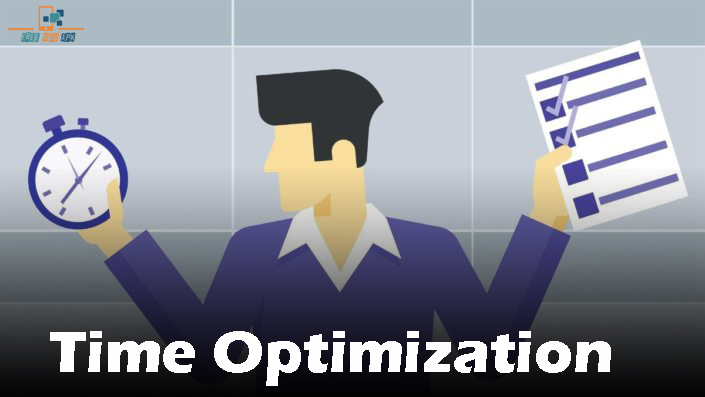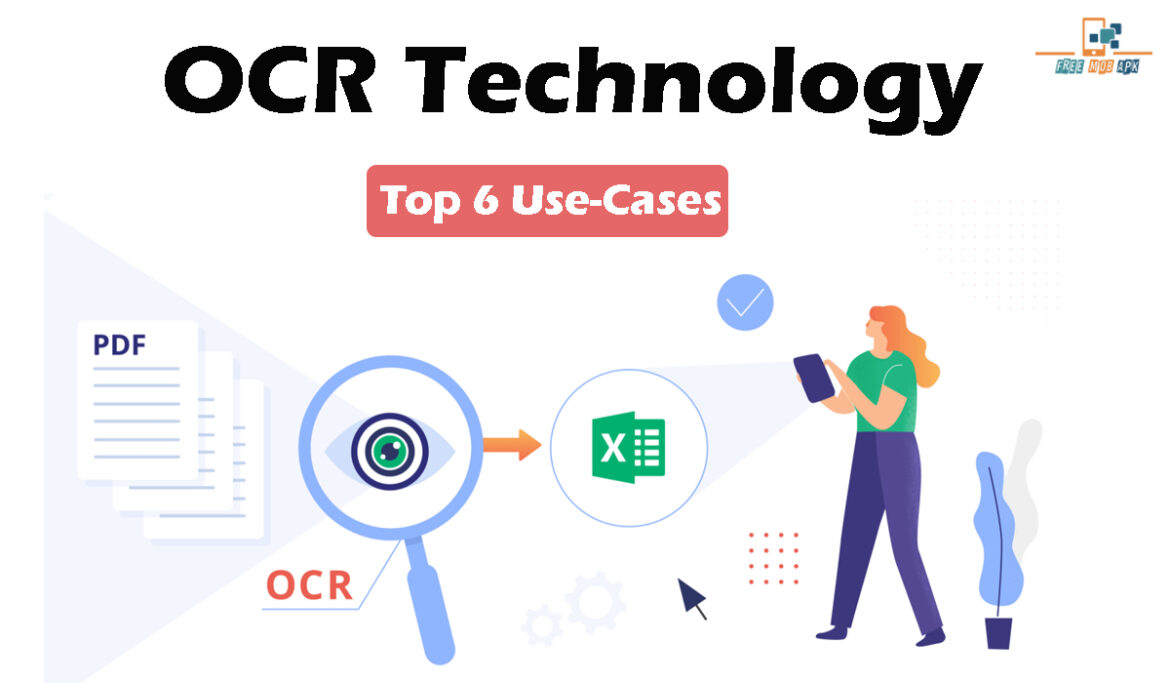Technology innovation has facilitated industries worldwide. To automate data extraction, corporations have implemented OCR technology. The system works by scanning images of user documents having written or printed text. This way, the data is converted into a machine-readable format that facilitates instant processing and analysis.
A Quick Insight into the Latest OCR Technology
OCR character recognition system is a cutting-edge technology that can streamline business operations and increase the enterprise’s productivity. It facilitates corporations to forgo traditional approaches and reduce time wastage while optimizing the use of company resources. Consequently, OCR technology has high accuracy that generates top-quality results.
Implementing OCR services eases user access to data by offering data extraction from several documents, such as invoices, legal contracts, ID records, financial statements, and utility bills. Consumers can search their digital files from a well-encrypted, enabling them to view, edit, and repurpose information anytime.
Top 6 Use-Cases of OCR Technology for the Corporate Sector
Converting text on scanned paper into machine-readable formats has become much easier with optical character recognition technology. The traditional data extraction methods were time-consuming and resource-draining for businesses. Using OCR technology has streamlined recurring and mundane tasks in companies worldwide. In this way, all kinds of text are easier to extract, optimizing search engines to index the documents. Following are the notable applications of OCR in the corporate sector:
· Facilitating Real-Time Information Retrieval
An attractive utilization of OCR technology involves the creation of searchable PDF formats. Businesses employing AI-powered OCR software can promptly transform image-only user records and paper-based documents into files with searchable text. These documents contain an imperceptible overlay carrying convertible text. Consequently, OCR functions as a digital system facilitating keyword and phrase searches, enabling quick retrieval of vital information from clients’ documentation through the process of image to text conversion.

· Ensuring More Security with Well-Encrypted Cloud Storage
The paper-based documents are difficult to secure from external attacks. Sophisticated hackers can use advanced manipulative techniques to steal, misplace, or damage them. With the help of cloud storage, it is easier for corporations to secure data efficiently, providing restricted access to sensitive information. Hence, OCR technology offers a high level of security with cloud storage.
Nowadays, all SMEs and big enterprises want to opt for cloud storage services rather than physical repositories. This approach supports interoperability between intelligent devices and corporations, facilitating instant communication and attainability. Hence, all users can access, view, and edit information according to their requirements.
· Reducing the Company’s Expenditures
AI-driven OCR technology streamlines the data extraction process and reduces the cost of recruiting an employee for the job. OCR easily integrates with pre-existing technologies to facilitate smooth business operations. In this way, the outdated manual data entry procedure is easier to forgo for experts. For instance, to submit utility bills via online platforms, the user should only provide a photo of the previous bill, and OCR technology will do the rest in real time.
In this way, shipping, copying, and printing expenditures are minimized, helping corporations manage all the data digitally with minimum cost.
· Offering Time Optimization

Utilizing OCR technology helps experts in saving time by eliminating outdated processes. With higher accuracy rates and AI support, OCR systems produce high-quality output within a few seconds. Hence, cutting-edge technology increases productivity and facilitates revenue generation.
· Streamlining Online Identity Verification
Online businesses that want to develop a strong relationship with their customers can perform identity verification services with OCR. This approach secures businesses and facilitates compliance with regulatory standards. Digital document verification using government-issued user data may readily prevent rogue actors. This way, OCR technology extracts data from users’ ID cards, passports, driving licenses, or credit/debit cards. With AI-driven OCR, data extraction happens within a few seconds. Hence, the latest approach modernizes identity verification solutions for modern-day corporations.
· Improving Automation
With the help of OCR technology, online business service providers can quickly scan the invoice of their users after importing them. In this way, the digital solution validates information automatically to ensure accuracy. Next, the OCR service can categorize the data accurately, moving information to the relevant accounting system. In other words, the whole process is automated, starting from data analysis to information storage.
Final Remarks
Collaborating with a competent third-party service provider can streamline the business operations of all enterprises. In the context of the remarkable accuracy of OCR technology, working with verified service providers can easily automate the data extraction procedure. In this way, all industries, such as banking, e-commerce, and healthcare, can extract required data from user records. Hence, this approach helps industries forgo manual and time-consuming data entries.

